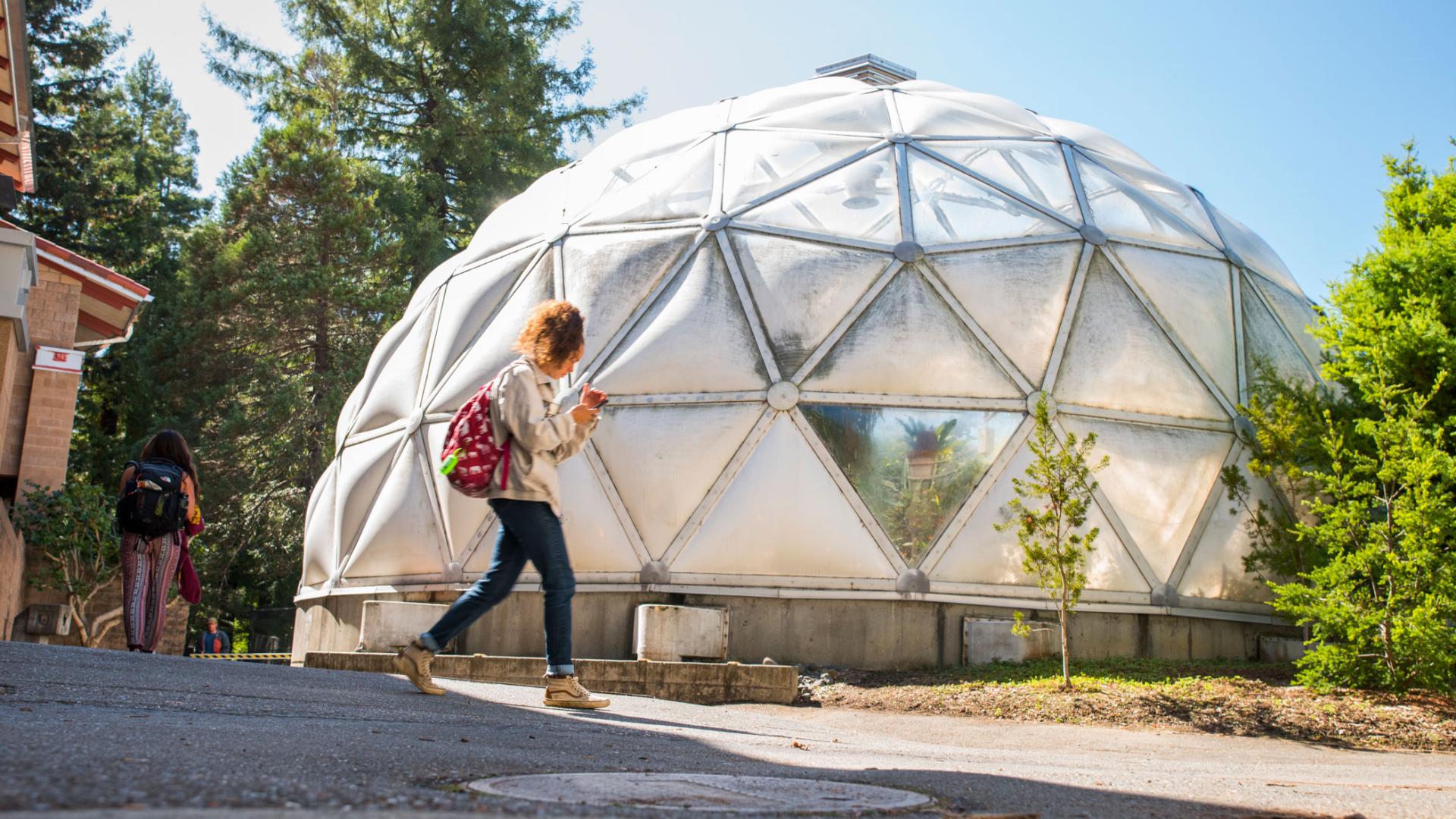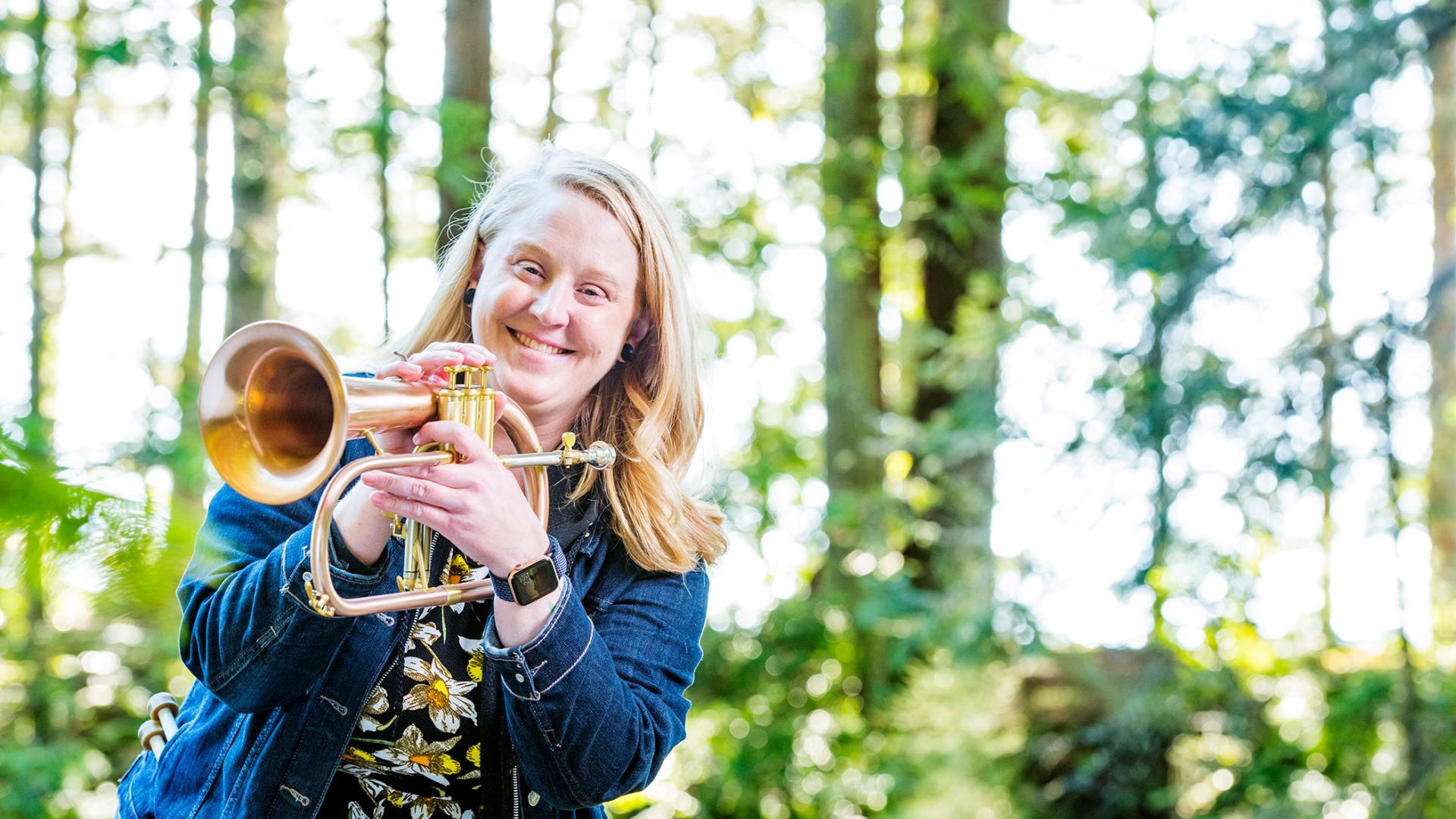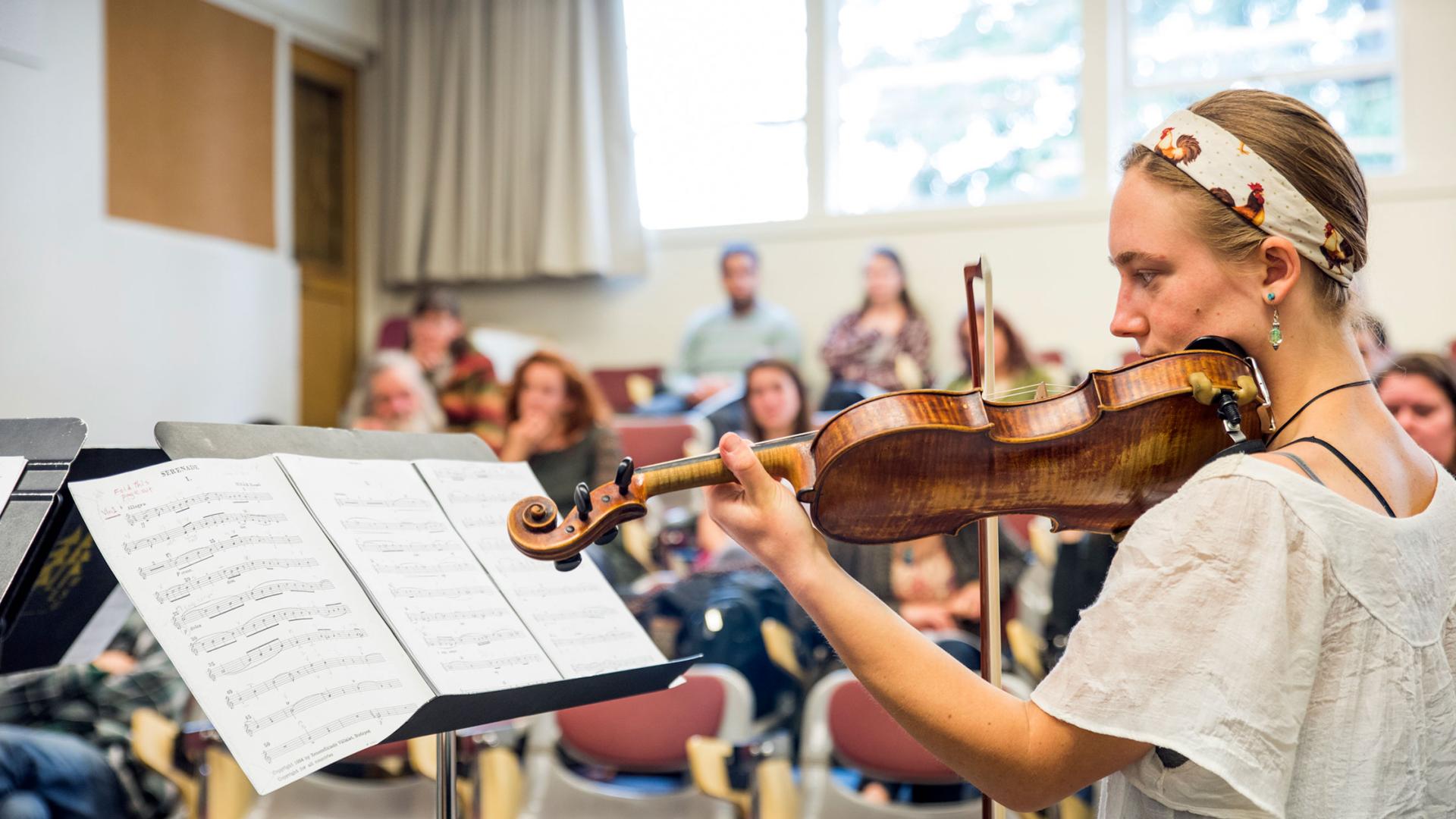Wendy Cristina Willis
Breadcrumb
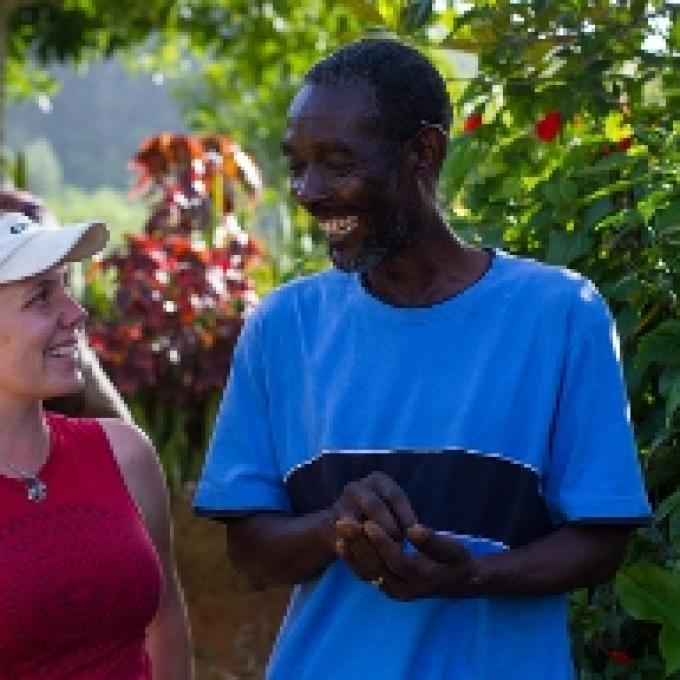
Advisor
Matthew JohnsonWendy Cristina Willis, 2015
Thesis:
After Humboldt, Wendy went on to work for the American Bird Conservancy and then to be Director of Jocotoco USA, an Ecuadorian conservation NGO
For her thesis in Humboldt'sEnvironment & Community MA program, Wendy used an interdisciplinary approach to investigate how political, economic and ecological factors influence the motivations and constraints for the cultivation of shade trees by coffee farmers in the Jamaica’s Blue Mountains. Utilizing a political ecology framework, she conducted semi-structured interviews with a diverse array of coffee farmers, photo-documented the social landscape of coffee production in the Blue Mountains, and catalogued shade tree diversity for each plot visited. Results from the project can help shape policy, inform farmer extension services intended to advance shade coffee production in Jamaica and contribute to the growing literature on the social ecology of coffee production.
Jeanne Hammond
Breadcrumb
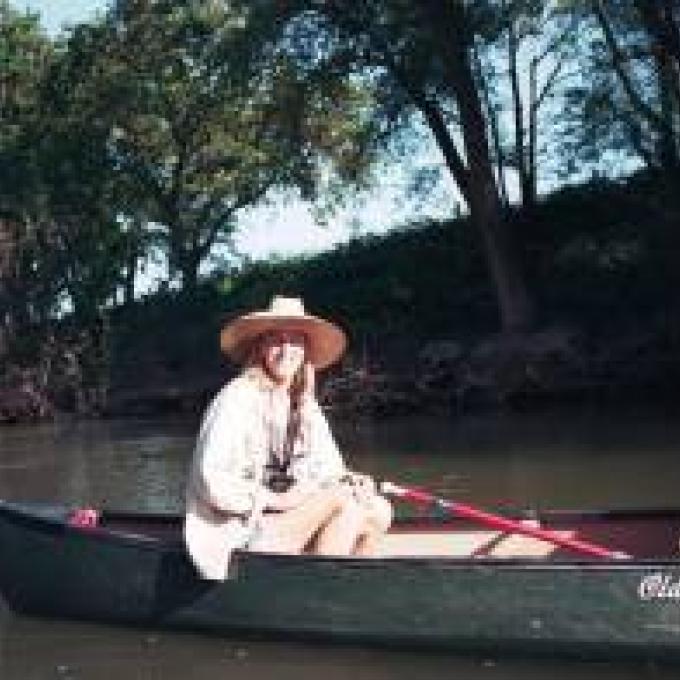
Advisor
Matthew JohnsonJeanne Hammond, 2008
Thesis:
After Humboldt, Jeanne continued to work for PRBO Conservation Science.
For her thesis, Jeanne’s conducted an experiment to determine whether an introduced predator, the black rat, limits Song Sparrow nesting productivity. Nesting success in mature riparian forest is very low due to predation, and a UC Davis study had documented that black rat abundance is high in these areas. After collaborators from UC Davis removed rats from one of her study sites, Jeanne documented how the birds respond there compared to a reference site. Information from this study on songbirds in riparian forest is useful to conservation ecologists working to restore endangered riparian habitat in the Central Valley.
Jaime Carlino
Breadcrumb
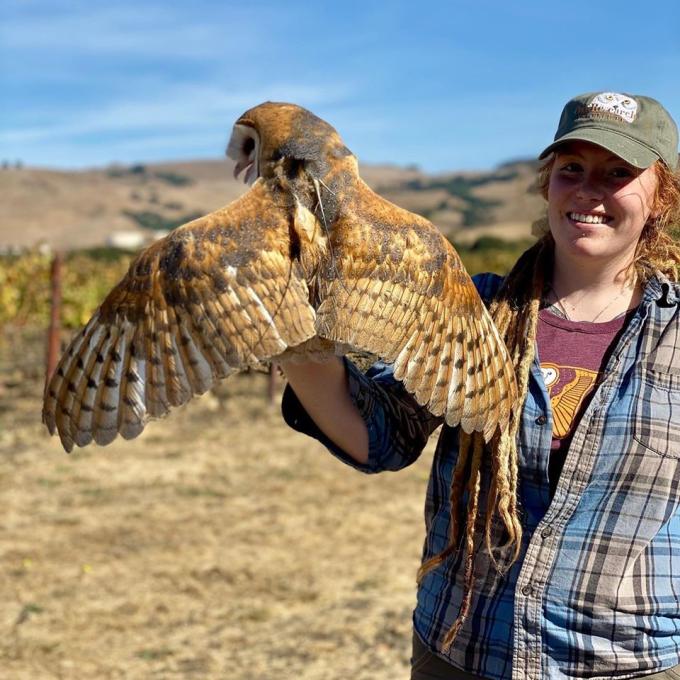
Advisor
Matthew JohnsonJaime Carlino, 2024
Thesis:Measuring barn owl breeding habitat quality and predicting double brooding
Jaime evaluated multiple measures of habitat quality in order to identify areas of high quality barn owl breeding habitat in Napa Valley and inform which measures can be reliably used in other areas. Her research also aimed to reveal potential mismatches between observed habitat preferences and fitness outcomes. This helps clarify if the owls selection for nest boxes and habitat is adaptive, and which habitats are best for the owls' reproduction. After completing her MSc, Jaime went on to work as GIS specialist for the Yurok Tribe.
Samantha Chavez
Breadcrumb

Advisor
Matthew JohnsonSamantha Chavez, 2023
Thesis:Maximizing the use of a natural avian predator for pest control in an agricultural system
Samantha is interested in how the composition and configuration of land cover types – such as vineyards, grasslands, and oak savannahs -- can affect Barn Owl nest box occupancy and the areas they hunt in. She used spatial models to predict the hunting pressure owls exert on a landscape as a function of spatial variables. Her research helped build maps showing the distribution of barn owl hunting pressure within vineyards. These maps identify high priority areas for future owl nest boxes. The research may also help reveal how altering the landscape can affect the delivery of ecosystem services in the form of pest control provided by Barn Owls. After completing her MSc, Sam went to work for the US Forest Service.
Chris Tonra
Breadcrumb
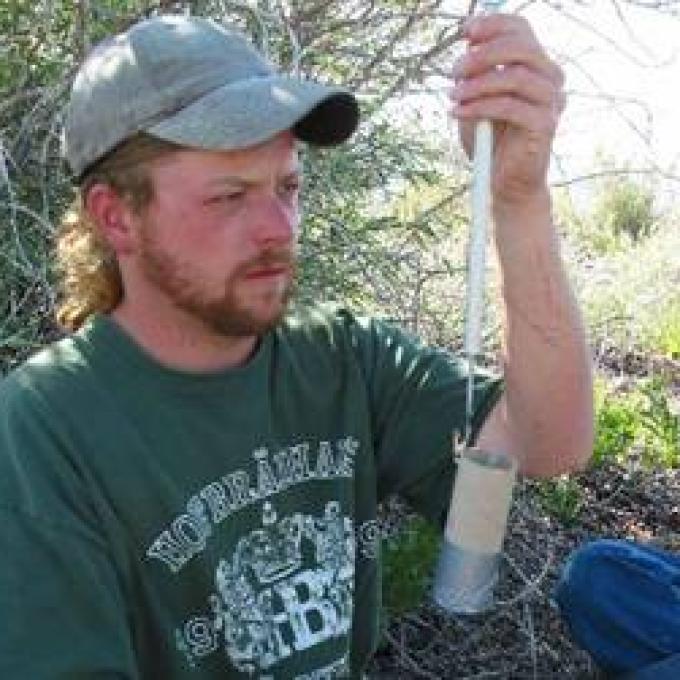
Advisor
Matthew JohnsonChris Tonra, 2006
Thesis:Hatching Synchrony in Brown-Headed Cowbirds: The influence of host density, chick gender, and habitat.
After Humboldt, Chris went on for a PhD at University of Maine and then on to be a professor at The Ohio State University.
For his Humboldt thesis, Chris’ project examined the influence of habitat, chick gender, and host density on the hatching synchrony of an obligate brood parasite, the Brown-headed Cowbird (Molothrus ater), in the riparian corridors of four tributaries of Mono Lake, CA. Hatching synchrony refers to the relative order of hatching of young cowbirds and host species’ eggs. Successful female cowbirds should optimize the laying of their eggs in hosts’ nests so that their young can successfully (out)compete their host nestmates. Several ecological variables, may affect a cowbirds ability to find and monitor nests to ensure optimal timing such as habitat features, host nest density, and the sex egg since development times may be different for the sexes. Chris monitored bests of the two primary cowbird hosts in this region, Song Sparrow (Melospiza melodia) and Yellow Warbler (Dendroica petechia), measured habitat features, and used genetic techniques to sex the young cowbirds in order to test these hypotheses.
Jared Wolfe
Breadcrumb
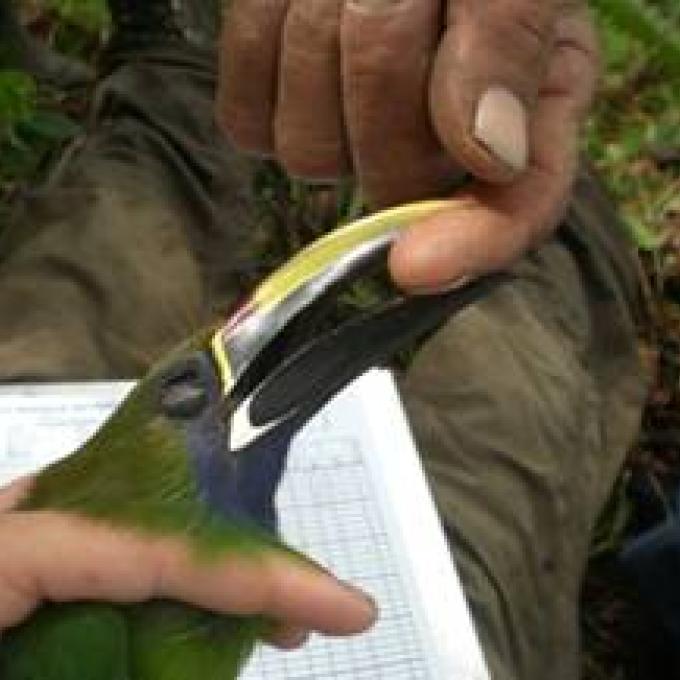
Advisor
Matthew JohnsonJared Wolfe, 2009
Thesis:
After Humboldt, Jared went on to earn a PhD at Louisiana State University and then become a faculty member at Michigan Technological University.
For his Humboldt thesis, Jared studied migrant stopover ecology in Northeastern Costa Rica. More specifically, his work utilized banding data, dietary analyses, climatic metrics and habitat attributes in order to elucidate the effects of a stochastic climate on migrant habitat use, condition, distribution and survivorship. Jared is also interested in Neotropical resident bird ecology, especially molt patterns.
Brent Campos
Breadcrumb

Advisor
Matthew JohnsonBrent Campos, 2012
Thesis:
After Humboldt, Brent when on to work for point Blue Conservation Science.
For his thesis, Brent studied the movements and habitat associations of black-throated blue warblers (Dendroica caerulescens) in and around Jamaican coffee farms. His research elucidated how the provisioning of a known ecosystem service, control and reduction of the coffee berry borer, provided by winter resident warblers, related to the physiognomic attributes of coffee farms and adjacent habitats. Brent earned his B.S. in Wildlife, Fish and Conservation Biology at UC Davis.
Marlene Wagner
Breadcrumb
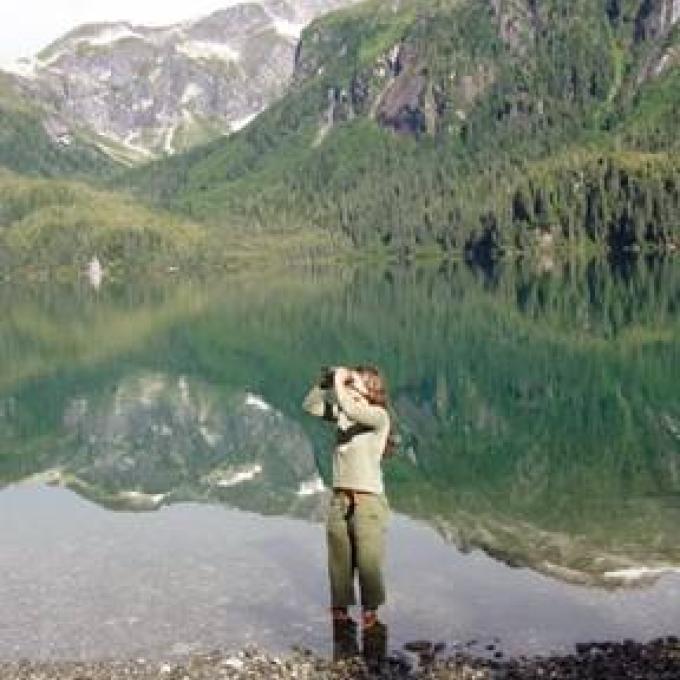
Advisor
Matthew JohnsonMarlene Wagner, 2011
Thesis:
After Humboldt, Marlene went on to earn a PhD at Simon Fraser University.
For her Humboldt thesis, Marlene’s study provided information on how Red-breasted Sapsuckers, a keystone species and ecological engineer, are distributed in wilderness forests and what habitat covariates are important for foraging and nesting sites. As most studies of landbirds in Southeast Alaska have been conducted in disturbed forests, information provided by this research contributed a baseline reference for the effects of management activities.
Ryan Kalinowski
Breadcrumb

Advisor
Matthew JohnsonRyan Kalinowski, 2012
Thesis:
After Humboldt, Ryan went on to work as a Wildlife Biologist for the US Forest Service in the Sierra Nevada.
For his thesis, Ryan quantified the habitat relationships of Great Gray Owl prey in California montane meadows. More specifically, he investigated the influence of vegetative characteristics and cattle grazing on the density of voles and gophers. The Great Gray Owl has been listed as a California endangered species since 1980, yet information on the factors affecting owl prey is lacking. Ryan’s thesis helped fill this void and provided land managers with information needed to properly manage habitat for Great Gray Owl prey. The study was located in Stanislaus National Forest and Yosemite National Park, California.
Deven Kammerichs-Berke
Breadcrumb
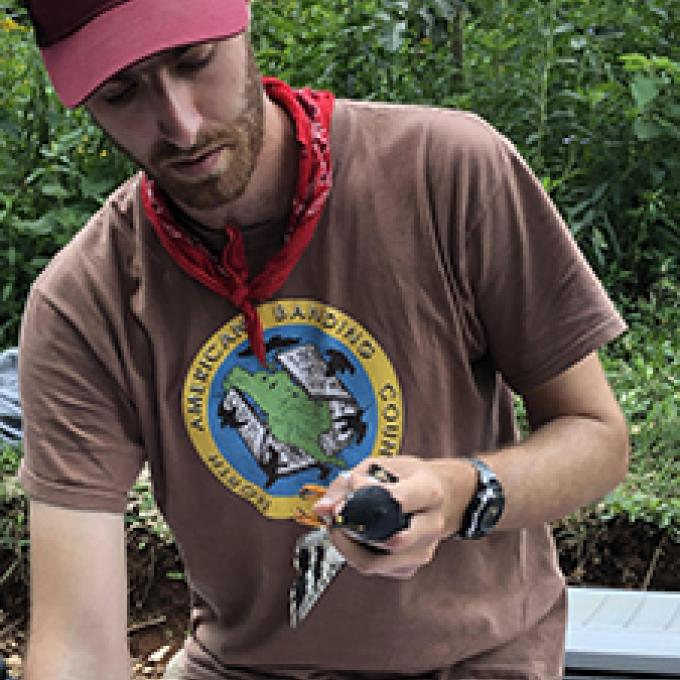
Advisor
Matthew JohnsonDeven Kammerichs-Berke, 2020
Thesis:
After Humboldt, Deven went on to work as a wildlife biologist in southern California. For his thesis, Deven studied the effects of shade tree species in Kenyan coffee farms on insectivorous bird foraging behavior. Specifically, his research looked at whether Cordia africana (a tree indigenous to central Kenya) or Grevillea robusta (an introduced species from Australia) attracted higher prey abundances for insectivorous birds, and the capacity for different tree species to help deliver pest control services on the farms. Identifying differences in prey abundance and preferences in bird foraging behavior not only fills basic gaps in our understanding of the ecology of East African coffee farms, it also aids in developing region-specific information to optimize functional diversity, ecosystem services, and the conservation of birds in agricultural landscapes.


